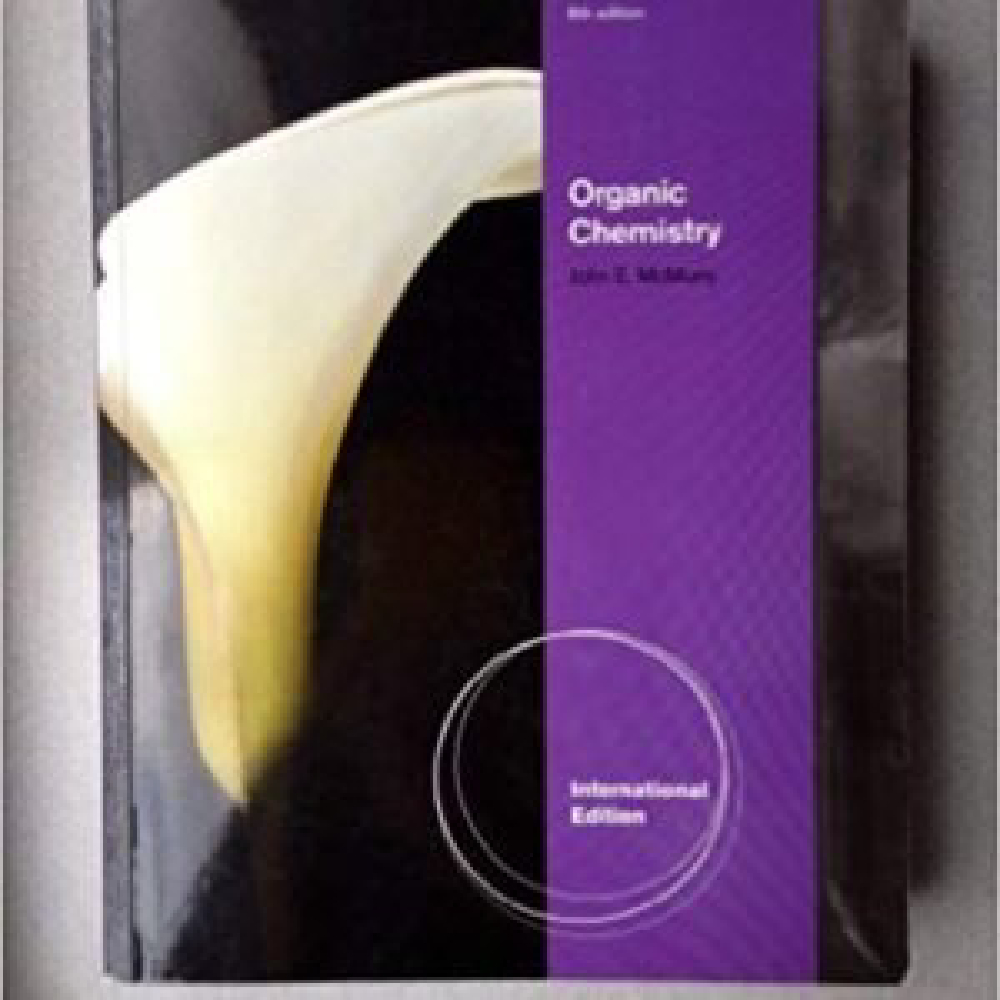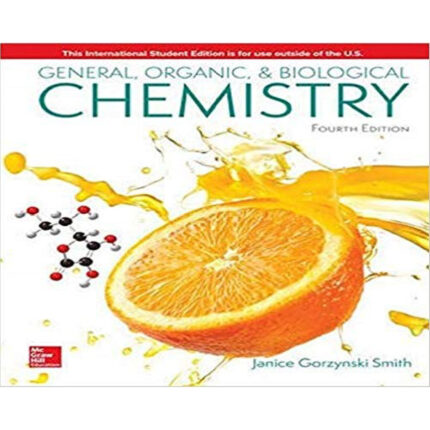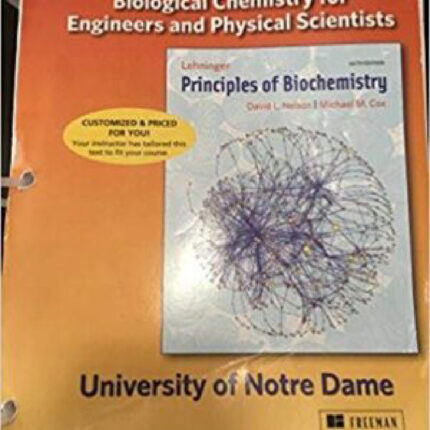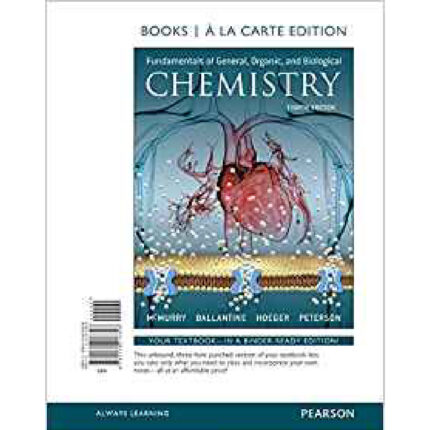11. Refer to Exhibit 11-3. The kinetics of these reactions are:
a. second-order
b. first-order in nucleophile
c. not measurable
d. first-order in alkyl halide
ANS:
d
13. Refer to Exhibit 11-4. The solvent in these reactions is:
a. nonpolar aprotic
b. polar aprotic
c. polar protic
d. nonpolar protic
ANS:
b
14. Refer to Exhibit 11-4. The nucleophile in these reactions is:
a. K+
b. alkyl group
c. Br
d. I
ANS:
d
15. Refer to Exhibit 11-4. Which reaction is faster?
ANS:
b
16. Refer to Exhibit 11-4. The mechanism for these reactions is:
a. SN2
b. E2
c. SN1
d. E1
ANS:
a
17. Refer to Exhibit 11-5.
a. Which reaction above is faster?
b. Explain your answer to the question in part a.
ANS:
a. b
b. Tosylate anion is a better leaving group than amide ion; tosylate is the weak conjugate base of a strong acid, while amide is the strong conjugate base of a weak acid.
19. Refer to Exhibit 11-5. Doubling the concentration of potassium hydroxide in these reactions:
a. causes the reaction mechanism to change
b. halves the rate of reaction
c. has no effect on the rate of reaction
d. doubles the rate of reaction
ANS:
d
20. Refer to Exhibit 11-5. The mechanism for these reactions is:
a. SN2
b. E2
c. SN1
d. E1
ANS:
b
22. Refer to Exhibit 11-6. Compound B is the:
a. SN2 product
b. SN1 product
c. E2 product
d. E1 product
ANS:
b
23. Refer to Exhibit 11-6. Compound C is the:
a. SN2 product
b. SN1 product
c. E2 product
d. E1 product
ANS:
d













Reviews
There are no reviews yet.